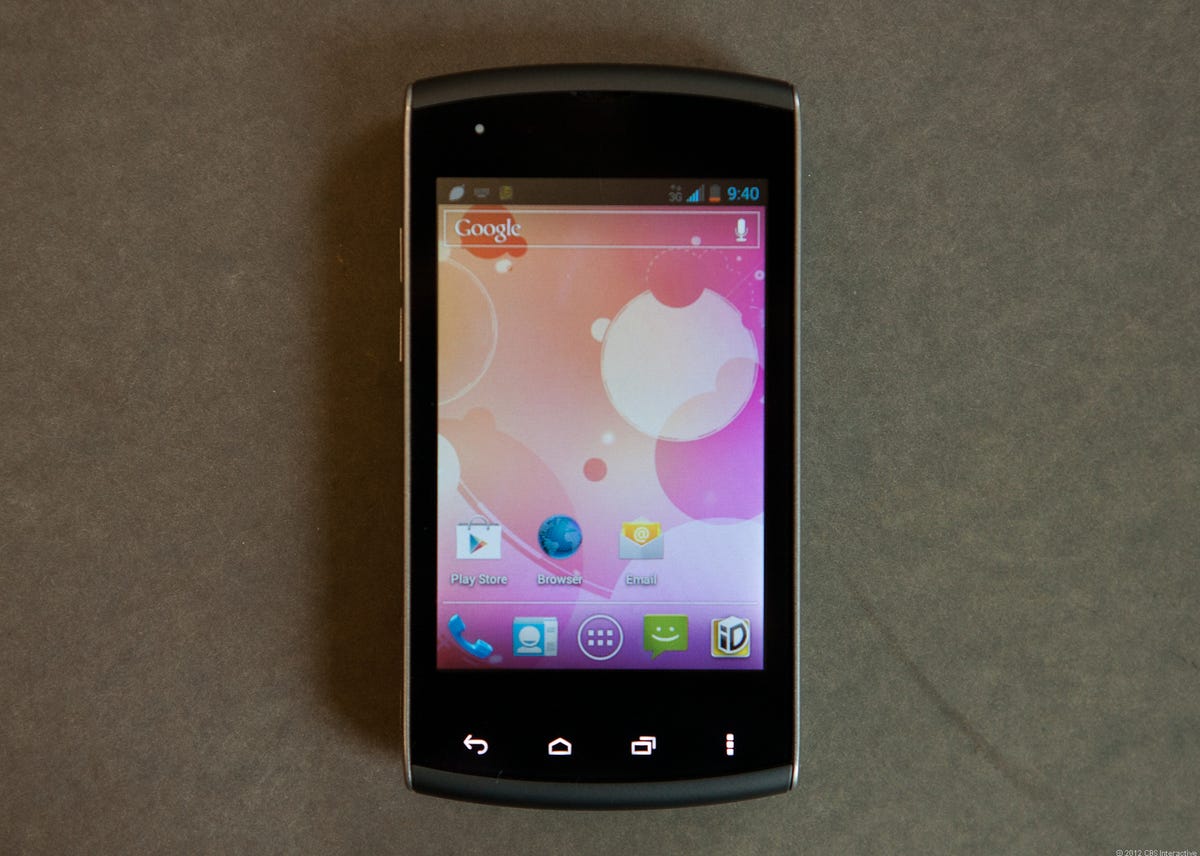
Kyocera Rise with Android 4.0
Available from Sprint for just $20 (after you send in a mail-in rebate and sign a two-year contract), the Kyocera Rise ships natively with Android 4.0 and a slideout keyboard.
A little bit heavy
The Rise weighs 5.44 ounces, or a little over a third of a pound. While it can slip into jean pockets, the fit is a bit snug.
Four-row keyboard
Fitting for texting aficionados, the Kyocera Rise comes with a graciously spaced QWERTY keyboard.
A thick profile
The Rise measures 4.44 inches tall, 2.38 inches wide, and a husky 0.56 inch thick.
A camera on the back
The Kyocera Rise doesn't have a front-facing camera, but it does sport a 3.2-megapixel camera in the back with LED flash.
A look up top
On top of the Rise are a 3.5mm headphone jack and a sleep/power button.
More Galleries
My Favorite Shots From the Galaxy S24 Ultra's Camera
![A houseplant]()
My Favorite Shots From the Galaxy S24 Ultra's Camera
20 Photos
Honor's Magic V2 Foldable Is Lighter Than Samsung's Galaxy S24 Ultra
![magic-v2-2024-foldable-1383]()
Honor's Magic V2 Foldable Is Lighter Than Samsung's Galaxy S24 Ultra
10 Photos
The Samsung Galaxy S24 and S24 Plus Looks Sweet in Aluminum
![Samsung Galaxy S24]()
The Samsung Galaxy S24 and S24 Plus Looks Sweet in Aluminum
23 Photos
Samsung's Galaxy S24 Ultra Now Has a Titanium Design
![The Galaxy S24 Ultra in multiple colors]()
Samsung's Galaxy S24 Ultra Now Has a Titanium Design
23 Photos
I Took 600+ Photos With the iPhone 15 Pro and Pro Max. Look at My Favorites
![img-0368.jpg]()
I Took 600+ Photos With the iPhone 15 Pro and Pro Max. Look at My Favorites
34 Photos
17 Hidden iOS 17 Features You Should Definitely Know About
![Invitation for the Apple September iPhone 15 event]()

